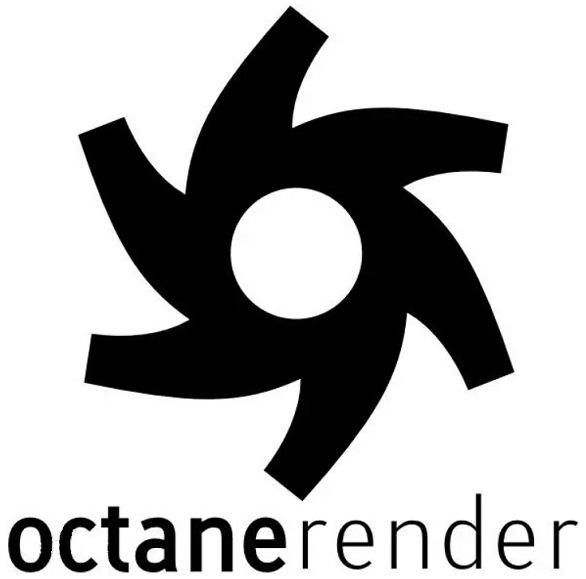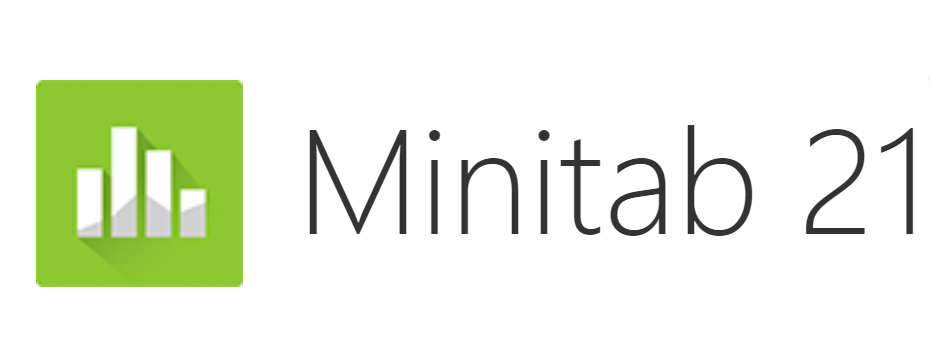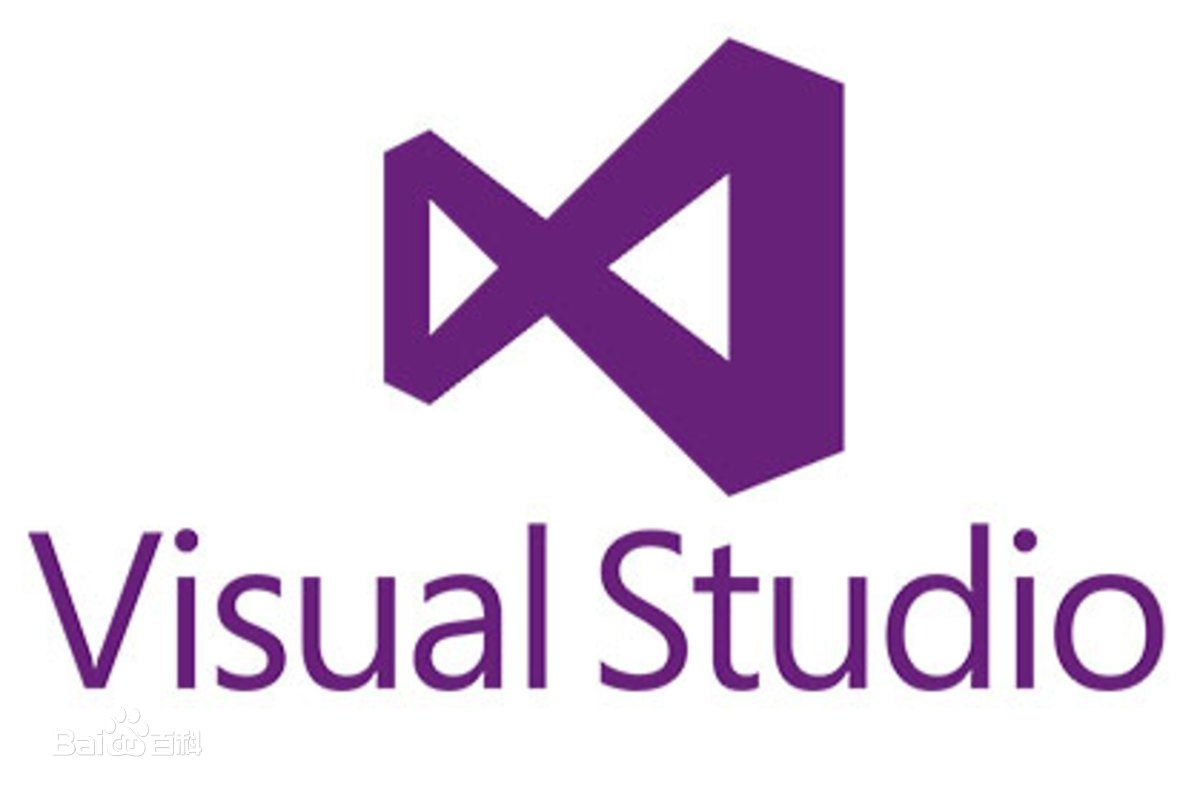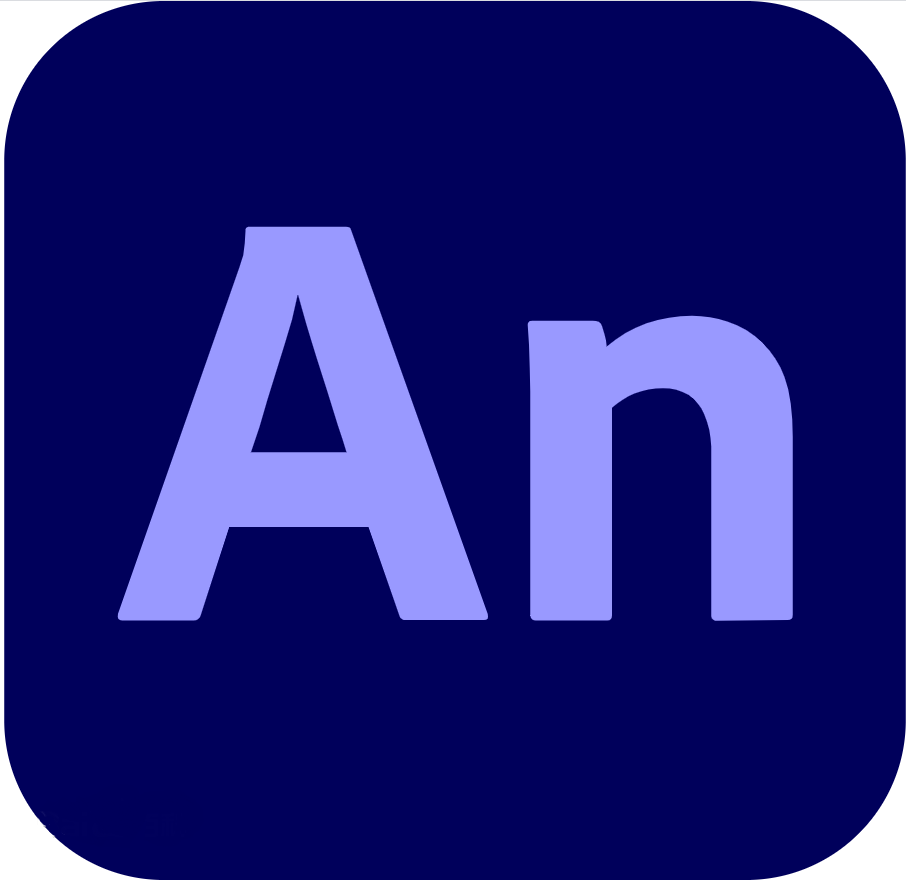Modern organizations often find themselves managing information across multiple database systems, each with different purposes and storing various types of data. Traditional methods require separate connections and queries for each database, resulting in complexity and inefficiency. Cross database query engines have become a powerful solution to address these issues, enabling seamless data integration and analysis across different storage systems through a single SQL interface.
The working principle of cross database query engine
A cross database query engine is a specialized software platform that provides a unified SQL interface for querying data across multiple heterogeneous data sources simultaneously. Consider these engines as universal translators that can communicate with different database languages while providing users with consistent interfaces. They abstract the complexity of a single database system, allowing data analysts and engineers to write standard SQL queries that can retrieve and combine data from various sources, including relational databases, NoSQL systems, cloud storage, and even streaming data platforms.
The basic architecture of these engines typically involves a coordinator node that receives SQL queries, parses them, and creates execution plans. Then, the plan is distributed across worker nodes that connect to actual data sources, retrieve necessary data, and perform the required calculations. Then, the results are aggregated and returned to the user, while maintaining the illusion of querying a single unified database.
Leading cross database query engine
TrinoпјҢ Formerly known as Presto, it is one of the most famous cross database query engines on the market today. Trino was originally developed by Facebook to meet its massive data analysis needs. It excels in interactive analysis and can query data sources from traditional MySQL and PostgreSQL databases to modern systems such as Apache Kafka, Amazon S3, and Elasticsearch. Its distributed architecture enables it to handle queries of PB level data and has impressive performance characteristics.
Apache Drill represents another important player in this field, designed with a pattern free approach that allows users to query data without the need for pre-defined patterns. This flexibility makes Drill particularly valuable when dealing with semi-structured data formats such as JSON, Parquet, and Avro files. Drill's self-service data exploration feature allows users to immediately start analyzing data without waiting for database administrators to define table structures.
Other well-known engines include Apache Spark SQL, which combines cross database queries with powerful data processing capabilities, and Dremio, which focuses on self-service data analysis with a focus on data virtualization and acceleration.
Main advantages and use cases
Cross database query engines have several notable advantages that can address common data management challenges. Firstly, they eliminate the need to move data between systems before analysis, greatly simplifying data integration. This method is called data virtualization, which can reduce storage costs and ensure that users always use the latest available data.
The performance advantage comes from the engine's ability to push computation to the data source itself, thereby minimizing data movement across networks. Advanced query optimization techniques, including predicate push down and intelligent connection sorting, ensure efficient query execution even across multiple systems.
From a business perspective, these engines accelerate insight time by eliminating technical barriers that previously required extensive ETL (Extract, Transform, Load) processes. Data analysts can focus on gaining insights rather than addressing data integration challenges. Common use cases include real-time dashboards that combine transactional and analytical data, compliance reports that aggregate data from multiple business systems, and exploratory data analysis that requires access to different data sources.
Cross database management of Navicat Premium
For enterprises implementing cross database query strategies, Navicat Premium is a great supplementary tool. Cross database query engines handle the heavy workload of distributed query execution, while Navicat Premium provides a user-friendly graphical tool for managing multiple database connections and performing cross database operations. This platform supports multiple different database types, allowing users to establish connections with different systems from a single interface.
The cross database query function of Navicat Premium enables users to write and execute queries across multiple databases without the need for complex specialized query engine settings. For small-scale operations or development environments, this feature can provide immediate value. In addition, Navicat's data synchronization and migration tools complement the query engine by facilitating the movement and coordination of data structures between different systems when needed.
Cross database query engines represent a transformative approach to modern data analysis, breaking down traditional barriers between different systems and enabling organizations to gain insights from their complete data environment. As the amount and variety of data continue to grow, these engines will become increasingly important for maintaining a competitive advantage through data-driven decision-making. The combination of powerful distributed query engines and intuitive management tools such as Navicat creates a successful combination that allows users to unleash the full potential of their organizational data assets.









